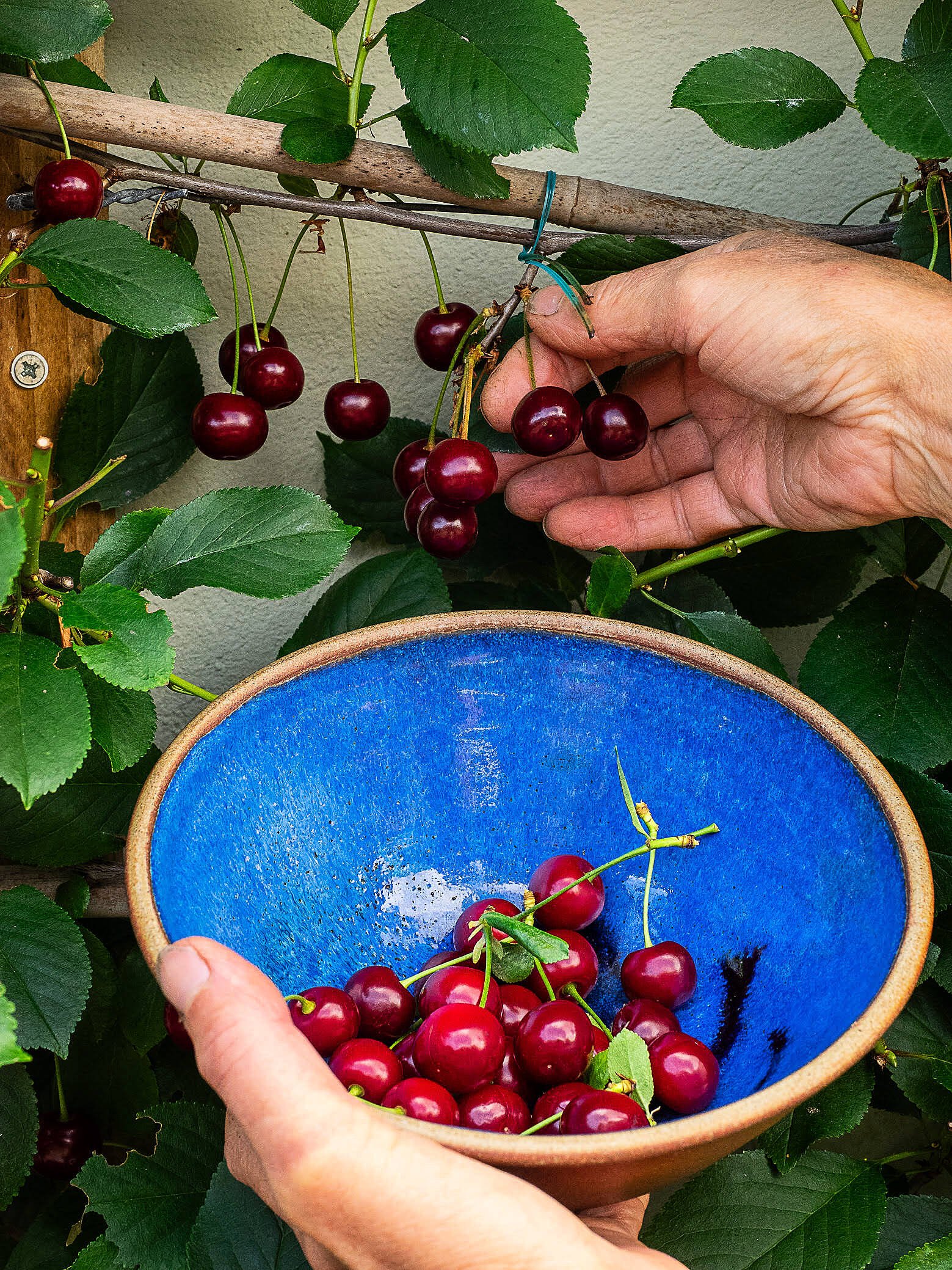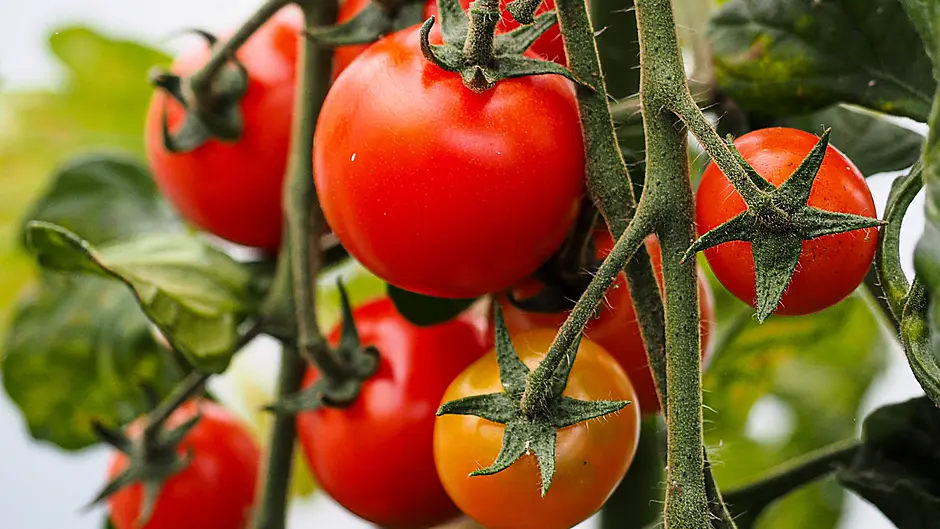
A bit of warmth and a bit of rain and the competition for which plant can grow fastest really takes off.
Some plants, like pumpkins, need to get a lot of growing done in a short season.
You can almost see stems moving as they spread over fertile ground.
Most plants are all about setting fruits, making roots, growing leaves, or swelling bulbs now.
It can be a frantic month as you try to keep on top of weeds and watering, as well as harvesting all the lovely fruit and vegetables that are ready to pick.
This month can bring the start of a range of problems too, as moulds, mildews and plant pests spread fast in warm humid conditions.
Caterpillars are active much earlier than usual on winter greens.
Don’t stress! Things slow down again soon and before that you can only do what’s possible.
You know your garden best, so look closely and prioritise what really needs to be done.
The grass won’t suffer if it is left uncut for a few more days, whereas potato plants with blight on the leaves need action now.
A list helps and there is great satisfaction in crossing things off!
Ripe tomatoes
There’s something so special about home-grown tomatoes. It’s not just the flavour, or the abundance that allows for making sauces, chutneys and soups.
It’s also that picking a tomato brings a lovely circle into focus; the tiny seeds in the middle of the fruit are the same as the ones you planted only a few months back.
Start removing the lower five or six leaves from plants.
These are often curled, or a little discoloured, and they have done their job of growing the plant. Removing lower leaves allows more light through to help ripen fruit trusses.
It also allows more air to circulate, which can reduce disease issues in a hot greenhouse.
There should be plenty more leaves higher up the plant to keep all growing well.
Keep feeding plants every 7-10 days with a high-potash feed. Nip out side-shoots from cordon plants so they don’t turn into less productive bushes.
And keep tying stems to supports so they don’t break as heavy fruit forms.
With a bit of care, plants can keep ripening fruits right through the summer and autumn.
 Shake stems to spread pollen between sweetcorn plants.
Shake stems to spread pollen between sweetcorn plants.
Sweetcorn pollination
Sweetcorn can be grown outdoors in a good year, but they are more reliable producers if grown under cover in an average West Cork summer.
Plants can grow tall and should grow one or more cobs per plant depending on variety.
Each plant grows pollen-laden tassels at the top of the stem and silks lower down where each cob will form. If insufficient pollen reaches the tassels, then cobs will have very few kernels instead of tight packed rows.
In outdoor crops, the wind ensures a spread of pollen between plants.
For plants in a greenhouse or polytunnel, we need to act like the wind. Give each plant a gentle shake, strong enough to shake pollen free, but not so strong that stems break.
Try to get a good scattering of pollen over all of the silks. You may need to repeat this process if plants have grown at different rates; some can be ready for pollinating a week or more ahead of others.
The aim is to get well-filled ripe corn cobs in a few weeks’ time.
 Pick ripe cherries now.
Pick ripe cherries now.
Prune and harvest cherries
Trees ripen fruits at different times. My wall-trained tree has produced ripe fruit a couple of weeks earlier than in most years.
This means that the job of pruning and the job of harvesting have more or less coincided. Pruning will let more light through so fruit can finish ripening, but it also means birds spot the fruit more easily.
Cherry trees should be pruned in late June or July.
Making cuts outside of this time means trees are more susceptible to silver leaf disease. Pruning is all about reducing the amount of foliage and reducing the size of the tree, so it remains the size that you want. This is particularly true of trained trees, but it also applies to free-standing specimens.
You can read a lot about how to prune.
There are all sorts of pruning methods that help to get the best from your tree.
My simple system, for a wall-trained tree, is to cut any long shoots back to 5cm and to cut fruiting shoots back to two leaves beyond the fruit cluster.
It works for me, although others may well disagree, and I get good crops of cherries each year.
Time to sow:
Spinach, Swiss chard, winter lettuce and winter salad leaves, spring cabbage, parsley and turnips.
These can be grown outdoors although they stand through cold weather much better in a greenhouse or polytunnel.








